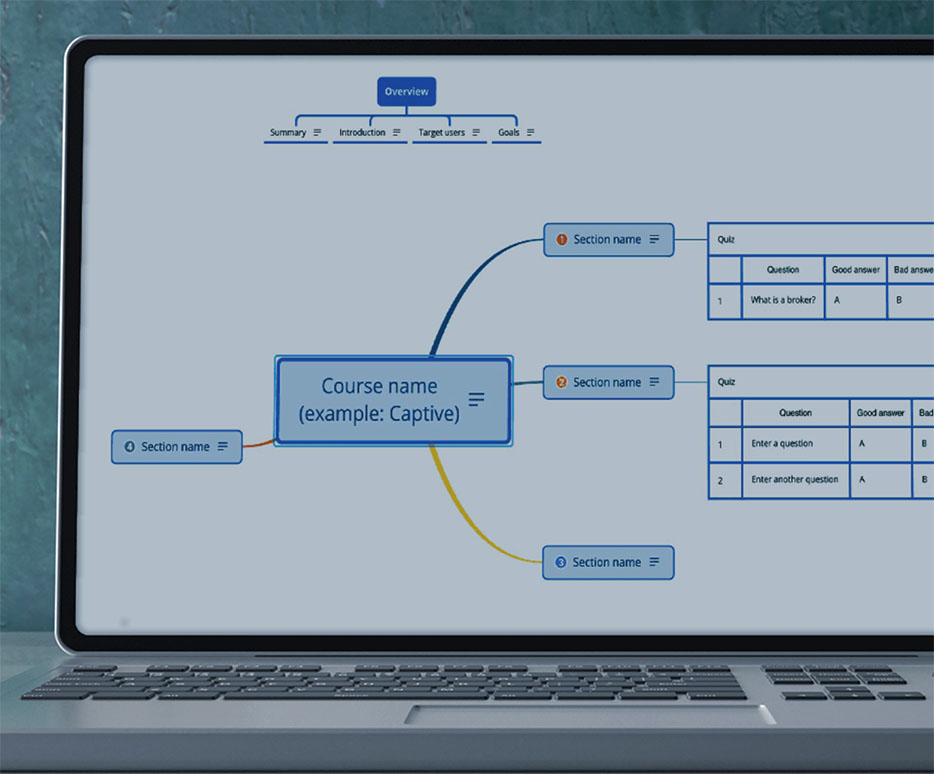Tecnología al servicio de los suscriptores de Líneas Comerciales



Guest Author: Juan D’Alessandro
Siguiendo con nuestro ultimo post sobre el impacto de la inteligencia artificial en la industria de seguros hoy vamos a hablar de seguros comerciales. Con agrado, vemos cada vez mas iniciativas, proyectos de transformación integral y capital fluyendo a Insurtechs enfocadas en Líneas Comerciales. Años de mercado blando han puesto mucha presión en los equipos de suscripción. Ajustes, recortes y reestructuraciones que han sobrecargado el día a día de los suscriptores al punto de comprometer su nivel de servicio a los brokers y clientes.
Desde RiskTech, trabajamos en distintas iniciativas que se adaptan a las necesidades y requerimientos de nuestros clientes como son:
. Triagge en base al apetito de la compañía al momento de la recepción a fin de definir prioridades y atender los casos mas importantes.
. Alertas de parámetros o exposiciones en base a autoridad o pautas de suscripción que se generan en tiempo real al momento de cargar la cuenta.
. Generar de forma automática la mayor cantidad de información posible. Tanto de fuentes internas (pago de prima, siniestralidad, otras líneas activas, etc.) como externas (google maps, NatCat, Nathan, noticias de actualidad).
. Estimación de la siniestralidad potencial a nivel cuenta y portafolio en base a datos históricos.
Estas iniciativas apuntan a liberar a los técnicos de tareas repetitivas para poder enfocarse en actividades de estrategia, desarrollo de negocios y suscripción pura impactando de forma positiva el resultado de la compañía.






